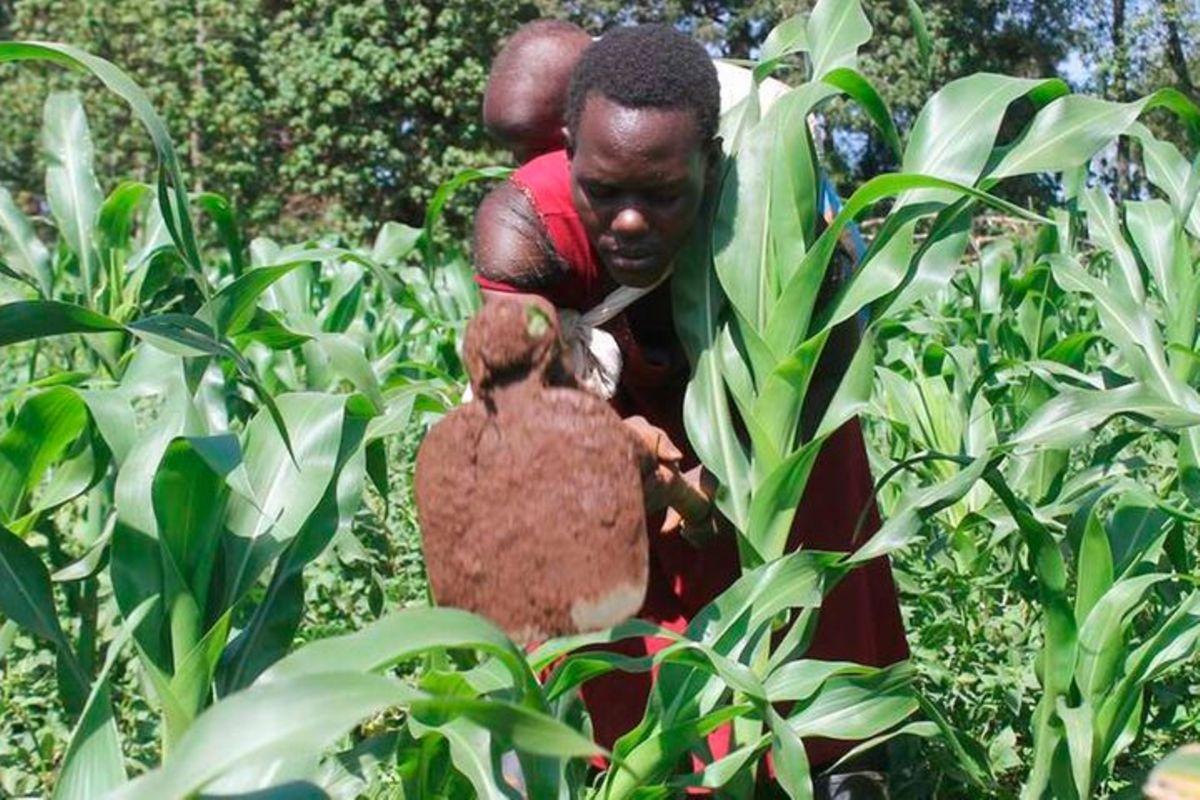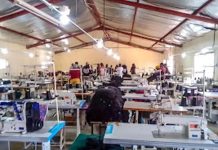Africa-Press – Lesotho. Diseases reduce crop yields because the plant is unable to produce at its full potential. They also reduce the quality of the product, which eventually leads to low market prices.
Key diseases include maize smut and maize lethal necrosis that affect the crop. Smut is a fungal disease caused by Ustilago spp. fungi. It affects crops such as maize, wheat, sugar cane and sorghum.
Causes Smut can affect any above-ground plant part, and symptoms are localised to the site of infection. The fungus attacks all parts of the plant, that is, leaves, stalks, tassels and ears, even below the soil surface.
The first indicators are white galls that rupture later to produce dark spores that can infect neighbouring maize plants. The tassels, shoots and midribs of leaves are frequent sites for the galls, which can grow up to 15cm in diameter.
Galls on leaves are usually small and do not burst out. Crop debris The fungus overwinters on crop debris or in the soil and can survive for several years.
The fungus usually enters the plant through wounds. Applying phosphorous fertiliser reduces infection while using too much nitrogen fertiliser raises the incidence of disease.
The disease reduces corn yields and can cause economic losses. Growing resistant corn hybrids is the only strategy for controlling common smut that is totally effective, despite the fact that several practices may be suggested.
Using certified seeds also helps for farmers. Field hygiene should be practised to prevent harbouring the disease. Crop rotation is essential as the spores overwinter in the soil.
Crop rotation is mainly done with beans, cowpeas, and peas. To stop the disease from spreading, the affected plants can also be uprooted and properly disposed of.
Chlorotic mottling The chlorotic mottling on the leaves often begins at the base of the young leaves in the whorl and extends upward toward the leaf tips.
A “dead heart” results from the immature leaves in the whorl dying just before they expand. On the stem, lesions occasionally related to unfolded leaves can be seen. Finally, there are tassels devoid of pollen and poor grain filing.
Using certified seeds, maintaining field hygiene, eliminating volunteer crops on the farm, managing hosts and vectors, and making sure crop rotation is done particularly with non-cereal crops, helps in controlling the disease.
Farmer Moses will be on the lookout to identify early the diseases on his maize crop just in case of any infestation. On the other hand, he is still carrying out management practices such as watering and top-dressing.
The second weeding has already been done. Scouting Scouting refers to the process of identification, monitoring or recording of pests, diseases, weeds, water and nutritional requirements to apply appropriate preventive measures.
Scouting involves inspection of the whole plant, from the roots and soil to the new shoots. It also involves checking the flowers and both sides of the leaves since the pest attacks different parts of the plant.
Farmer Moses regularly scouts for pests and diseases to help in early identification to increase the efficiency of prevention and control, lowering the cost of production.
Scouting is critical as it enables the farmer to make an informed decision on crop management. It also helps in developing data that can be used as a basis for long-term management strategies in crop production.
Scouting should start as soon as plants begin to grow or pests become active and should continue until the crop is harvested. It should be done at least once or twice per week to monitor pest and disease development trends.
A magnifying lens can be used during scouting to ensure one has a close and better look at the plant’s health. There are different methods that can be used in scouting, and they include zigzag and random as well as use of indicator crops, which are highly susceptible plants planted to monitor early arrival of target pests.
Zigzag method During scouting, Farmer Moses keeps records indicating the exact location of a problem, its frequency, and the control measure used. The records help in improving the effectiveness of future scouting.
Farmer Moses has deployed the zigzag method. He identifies the scouting points to represent the entire block using this method. While scouting for pests and diseases, he checks both the upper and lower parts of the maize plant’s leaves.
Some deficiency symptoms appear on the lower sides of the plant, such as magnesium and nitrogen. Scouting is preferably done early morning or late evening. One should also scout to ensure all the plants are receiving adequate water.
For More News And Analysis About Lesotho Follow Africa-Press






